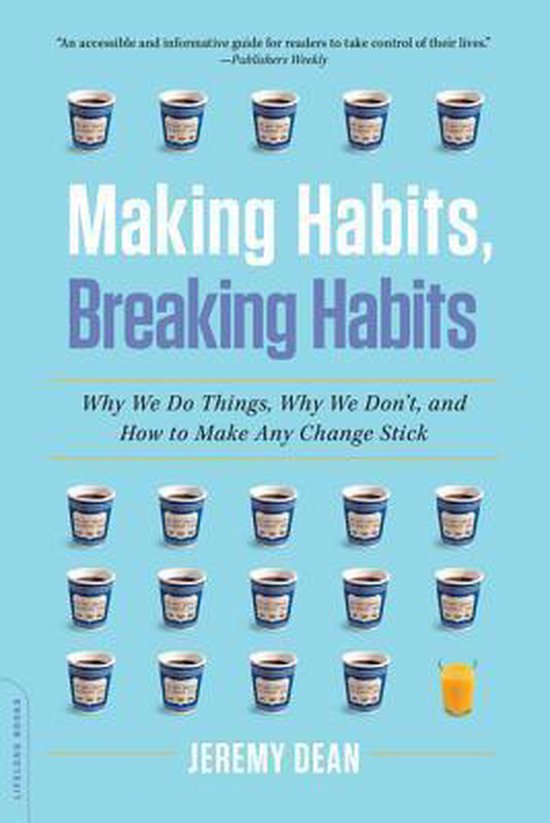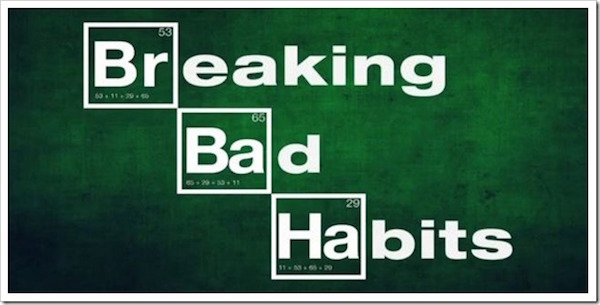

“The more it circulates through those channels and currents in which the passions of mankind naturally flow, the less will it require the aid of the violent and perilous expedients of compulsion,” he wrote.
#Breaking habits statistics how to#
27, considered how to create citizens who would obey the federal laws of the newly formed republic, he used another proverbial phrase: “Man is very much a creature of habit.” If federal law permeated matters at the state level, it would seem part of everyday life. And when Alexander Hamilton, in Federalist Paper No. Cicero called habit “second nature,” a phrase that we still use. Aristotle, in the Nicomachean Ethics, surveyed existing notions of virtue and offered this summary: “Some thinkers hold that it is by nature that people become good, others that it is by habit, and others that it is by instruction.” He concluded that habits were responsible. Habits, good and bad, have long fascinated philosophers and policymakers. Checking the smartphone had become a bad habit that I couldn’t break. For the first time, I could imagine what it’s like to be a smoker craving a cigarette. But I’d be watching the clock, counting the hours till I could turn the thing on. The only time I managed to resist was during Shabbos, when I don’t read e-mail. When I tried switching the phone to silent, I ended up checking it perhaps even more often, just in case there was something to deal with. Like most people who’ve made it through medical training-with its early mornings and its long shifts when your friends are partying-I had an established track record of delaying gratification.

I’d always prided myself on my will power. The machine had seemed like a miraculous servant, but gradually I became its slave. This started to interfere with work and conversations. Soon, I was reaching for the device every time it made a sound, like Pavlov’s dog salivating when it heard a bell. Texts arrived with the tones of a French horn and were similarly dispatched. Every time I got an e-mail, the phone emitted a ping and I would deal with whatever it was, priding myself on my efficiency. Being able to send an e-mail, look up a fact, or buy something no matter where I was meant a previously unimaginable gain in productivity. And after the ice is melted, your meeting or training session will be met with less resistance and awkwardness than a cold start.Several years ago, I bought a smartphone and soon came to love it. They also ease people into a focused and engaged mindset that’s conducive to ideation and learning. Since solo activities tend to appeal to introverted team members and the social interactions energize extroverts, the “Tattoo You” icebreaker can strengthen connections between participants with different personality types.Įffective icebreakers compel interactions between employees and establish a comfort level in the room. People should continue moving around the room until they’ve exchanged tattoo stories with everyone. When time’s up, all participants should find someone in the room and explain the significance of their tattoo. Start by providing each participant with a blank sheet of paper and markers, and direct them to take three to five minutes to draw a tattoo of something that represents them.

It’s ideal for 15 or fewer people at any level in your organization and takes about 15 minutes. You can use it as a morning icebreaker to introduce new teams or to nudge folks out of a post-lunch food coma. The last icebreaker is called “Tattoo You,” and Seton Hall University in New Jersey is rumored to use it when introducing new students and faculty. In your own company, use it to get senior leadership in the positive habit of seeking out opportunity in the face of negative news. HBO and Merck have used “That’s Fantastic!” as a way to practice turning adversity into opportunity.


 0 kommentar(er)
0 kommentar(er)
